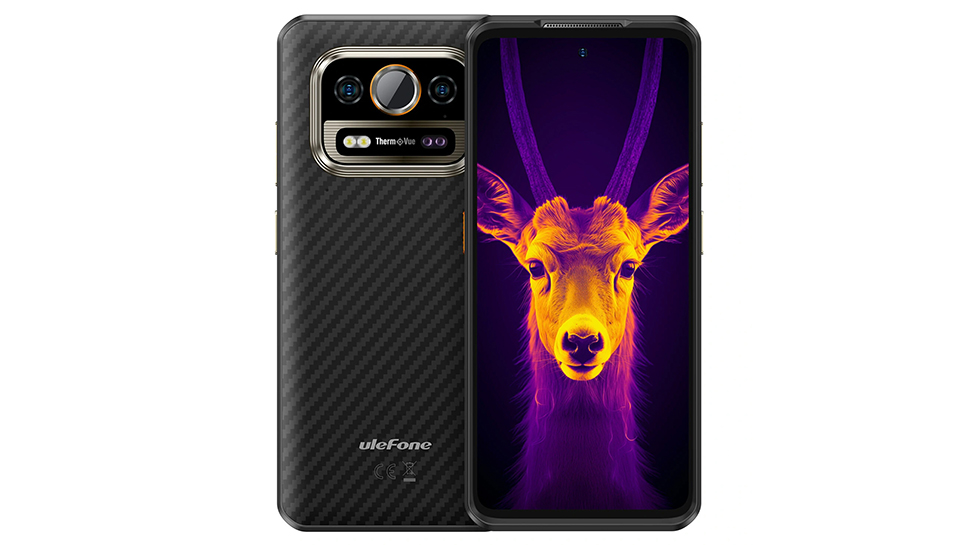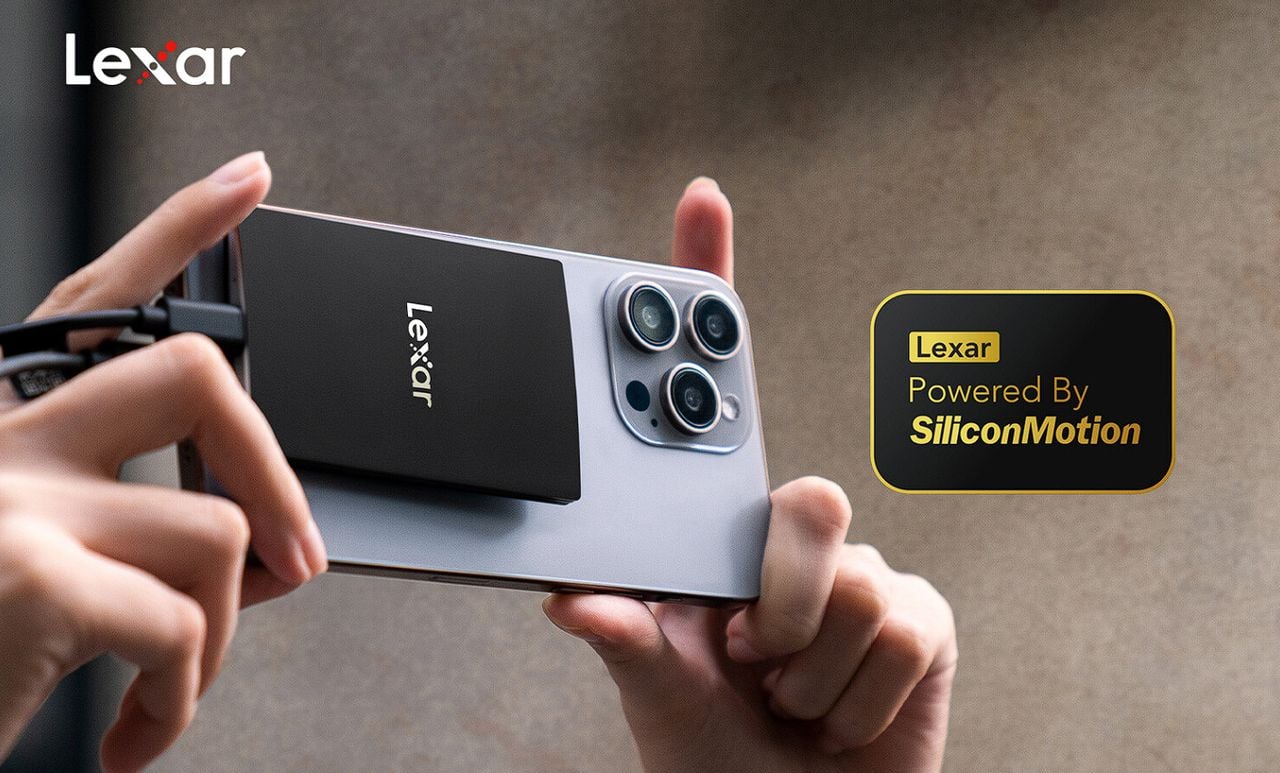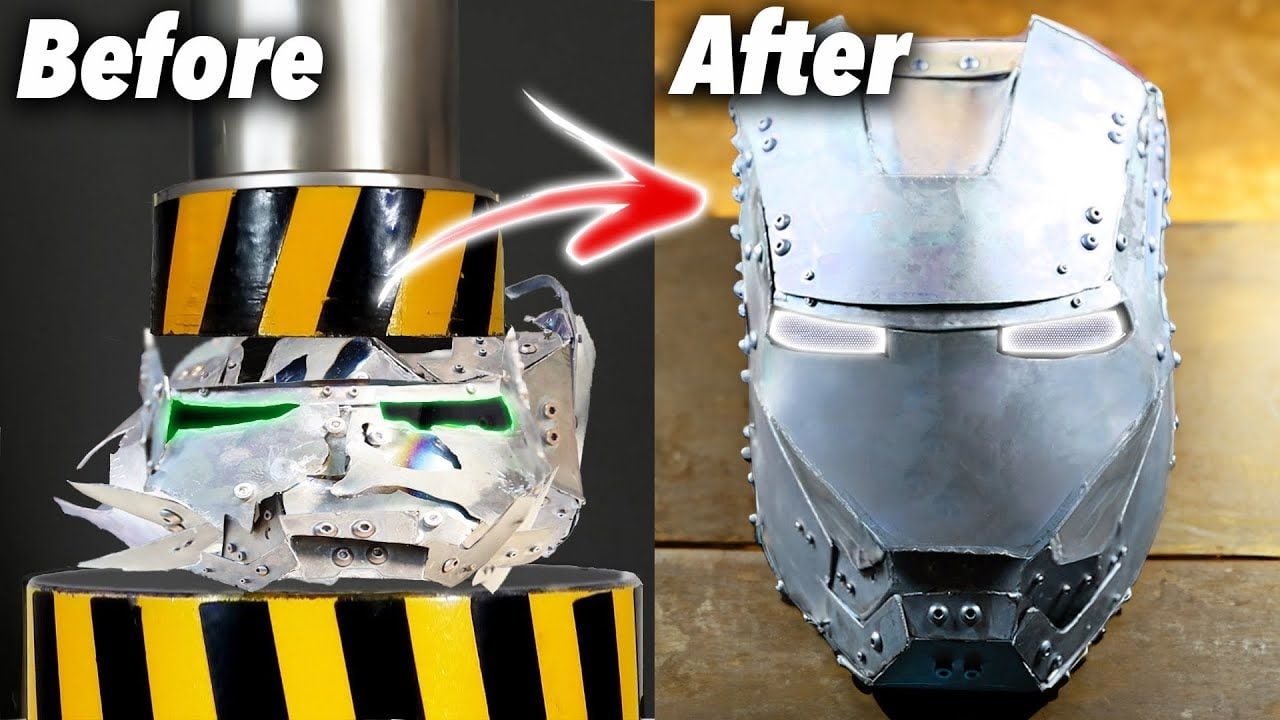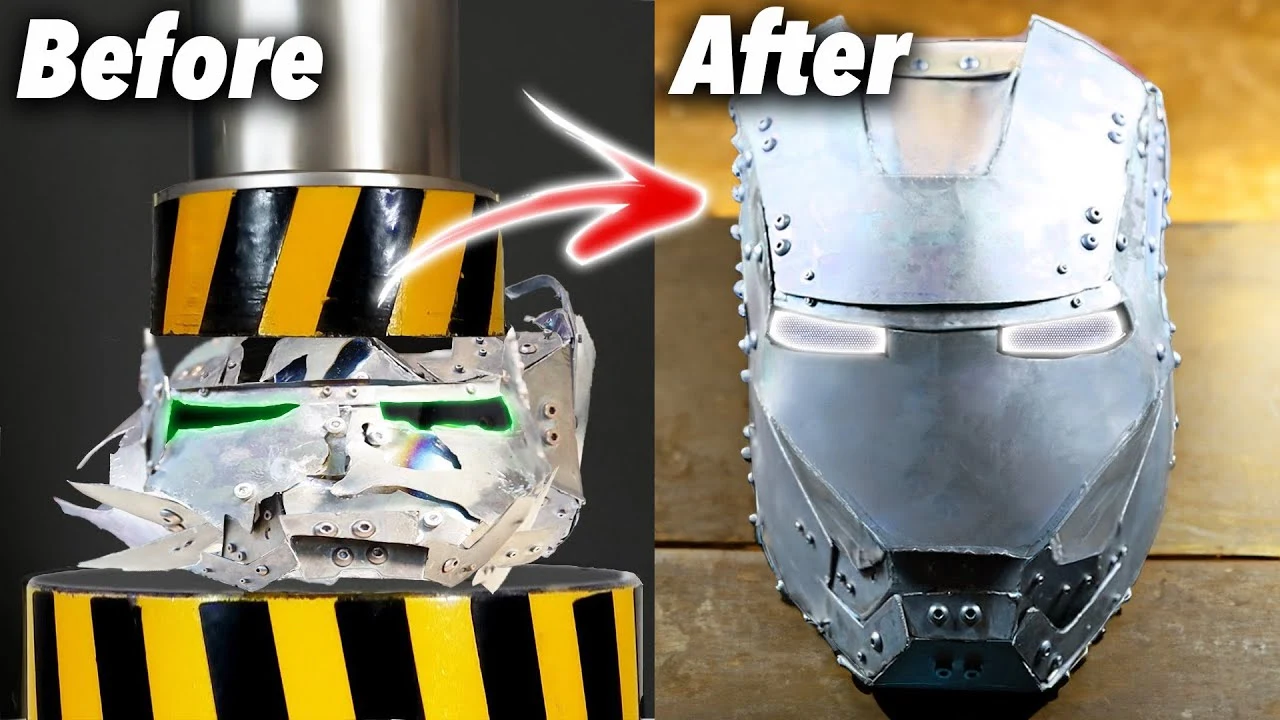[ad_1]

La empresa de tecnología china Ulefone, conocida por sus dispositivos resistentes como Armadura 8 Prolanzó su última oferta, el Armor 25T Pro, un teléfono inteligente 5G que cuenta con capacidades de imagen térmica y visión nocturna.
El sensor de imagen térmica ThermoVue ofrece una resolución de hasta 160 x 120 píxeles y una frecuencia de actualización de hasta 25 Hz. Ulefone dice que el sensor se puede utilizar para tareas como detectar fugas, inspeccionar edificios y garantizar la seguridad durante actividades al aire libre, pero se puede utilizar para casi cualquier tarea que se le ocurra.
El teléfono también viene con la aplicación ThermoVue para capturar fotografías y vídeos térmicos.
Cubierta trasera de Kevlar
El Armor 25T Pro también incluye una cámara infrarroja de visión nocturna, equipada con un sensor OMNIVISION OV64B de 64MP y el algoritmo NightElf Ultra 3.0 de Ulefone. Esto permite a los usuarios capturar imágenes claras en condiciones de poca luz, mejorando la seguridad y las capacidades de monitoreo de la vida silvestre.
El Armor 25T Pro funciona con el SoC MediaTek Dimensity 6300 5G, combinado con hasta 12 GB de RAM y 256 GB de almacenamiento. El dispositivo cuenta con una pantalla FHD+ de 6,78 pulgadas con una frecuencia de actualización de 120 Hz. Se ejecuta en el sistema operativo Android 14.
La batería de 6500 mAh garantiza una energía duradera para uso durante todo el día, con carga rápida de 33 W y capacidad de carga inalámbrica de 30 W. En términos de conectividad, el Armor 25T Pro admite 5G y Wi-Fi 802.11ac. El dispositivo también viene con un sensor de huellas dactilares.
El Armor 25T Pro está diseñado para ser resistente y cumplir con los estándares IP68/IP69K y MIL-STD-810H. Cuenta con una cubierta trasera de Kevlar para mayor elegancia y protección y, a pesar de su construcción robusta, el dispositivo tiene una apariencia delgada y liviana.
Armor 25T Pro está disponible para realizar pedidos en AliExpress por $299,99, que actualmente es un 40% de descuento sobre el precio minorista recomendado habitual de $499,99. Pedimos uno, así que estad atentos a nuestra revisión pronto.
Más de TechRadar Pro
[ad_2]
Source Article Link







